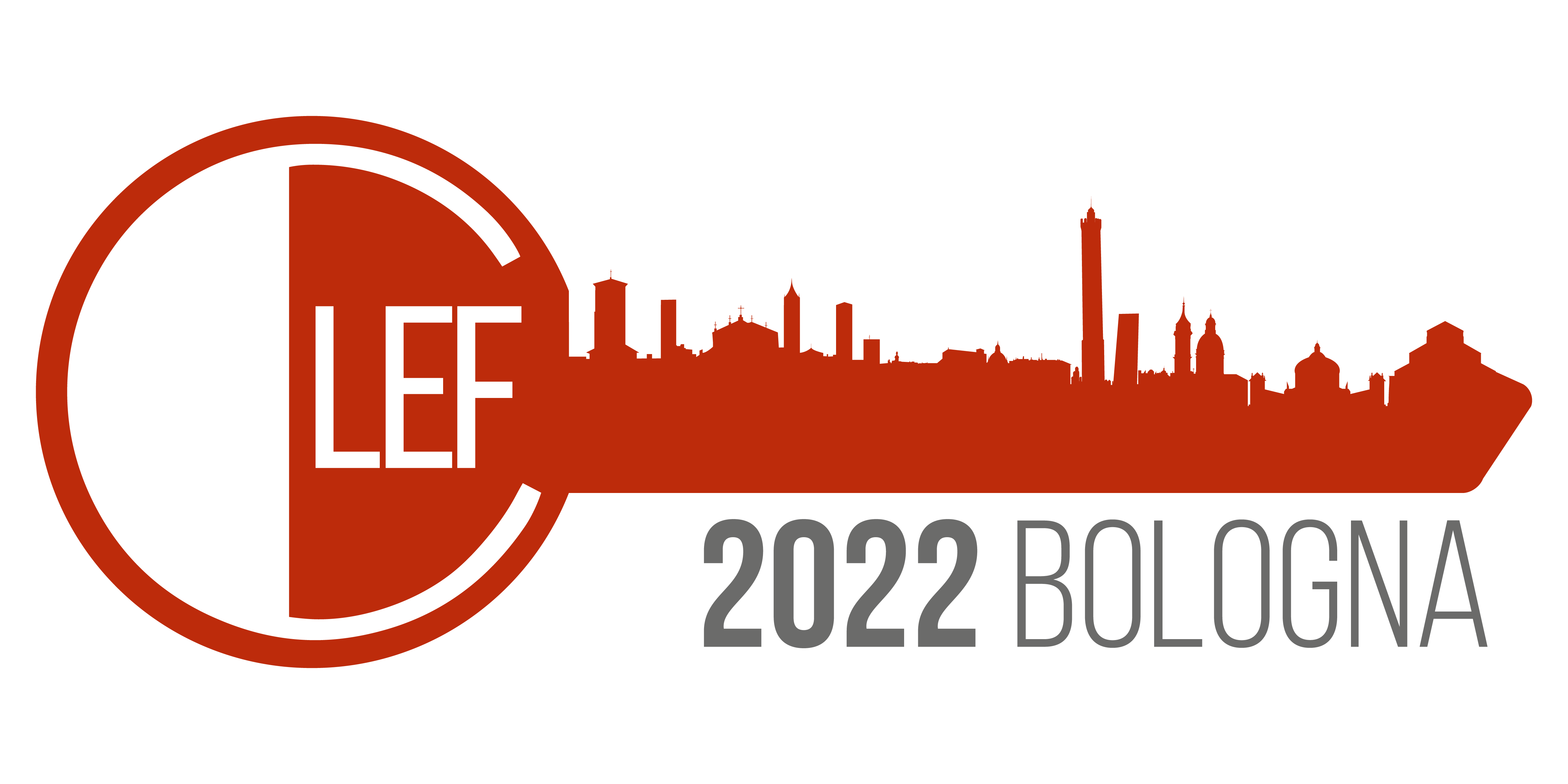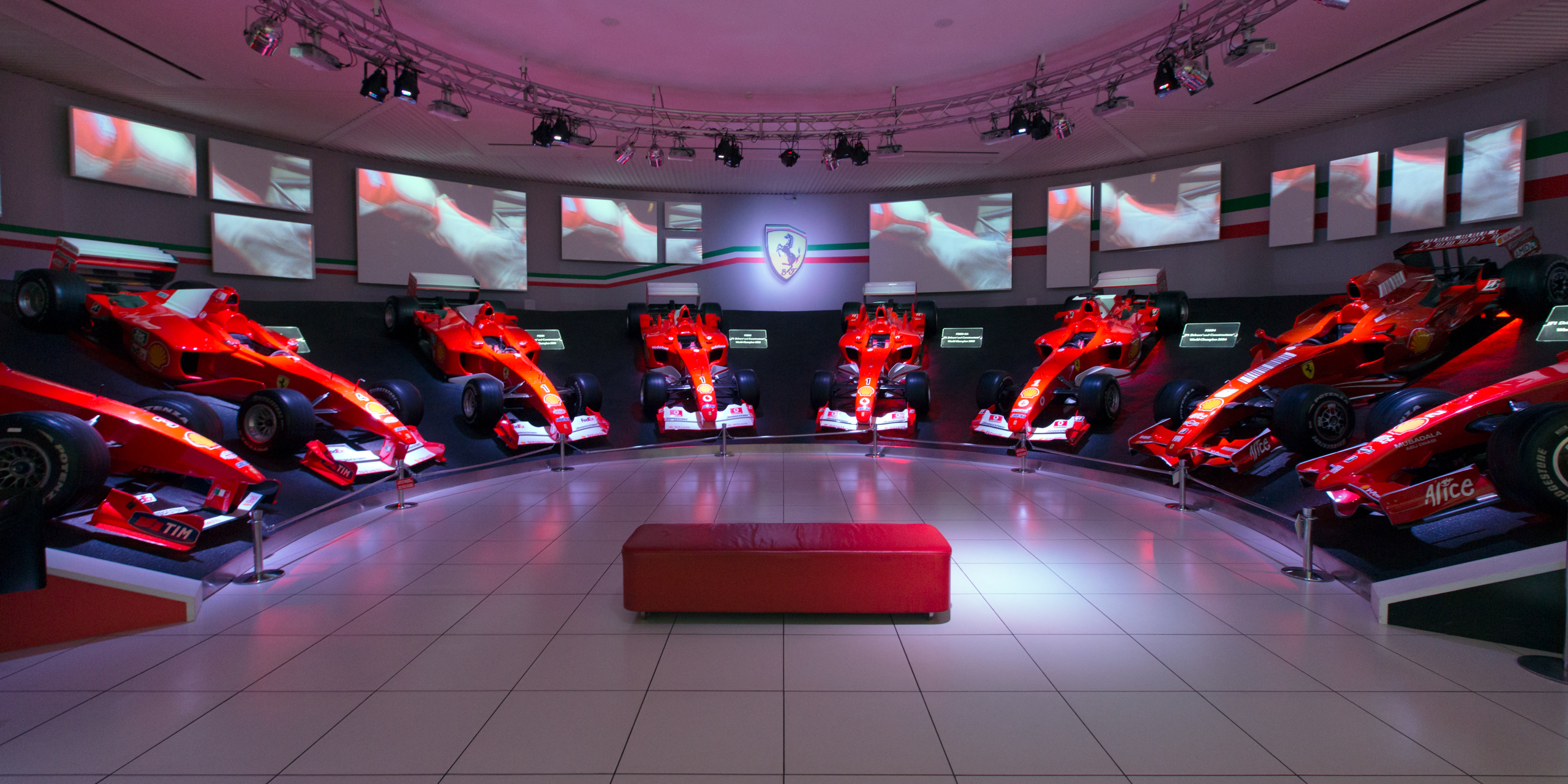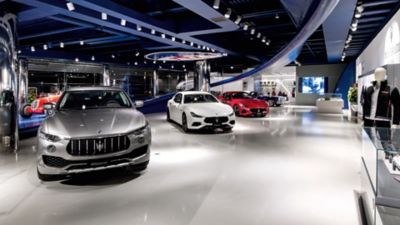
|
About BolognaGoing on in BolognaDuring the week of the conference a number of touristic activities are available. Check some of them on this dedicated website. Use code CLEF2022 when booking to acquire a 10% discount. Main conference locationsOpen in Google maps
BolognaBologna is the capital of the Emilia-Romagna region, one of the most developed regions in Italy and a top-50 in Europe. The city has top-quality health- science and education-related institutions. It has a very academic atmosphere and is home of the world's oldest university in continuous operation: Università di Bologna. Bologna is both a UNESCO creative city and a UNESCO city of music. It has one of the largest medieval city areas in Europe, and is world-famous for its extensive porticos network. A large amount of its medieval buildings indeed belong to the university. While this topic is of course contentious among Italians themselves, Bologna is usually considered the food capital of Italy; the well-known online media portal Thrillist ranks Bologna in 2nd place among the world's best food cities. A large amount of world-renowned Italian dishes have their home in Bologna, from the famous Bolognese sauce (ragu) to tortellini (\turtlaan" in the local dialect), tagliatelle, passatelli, and mortadella.Bologna is very easy to reach, walkable, and hospitable. 
World-famous manufactures in the motor industry, such as Ferrari, Lamborghini, Maserati, and Ducati, are from the surrounding area; all of them have their headquarters just a few kilometres away, and their museums draw large amount of visitors.
ClimateThe average daily temperature in Bologna in September is 20.1°C, which can reach an average high of 25.4°C, and drop to an average minimum temperature of 14.8°C. In-town attractions
Piazza Maggiore
Palazzo D’Accursio
Palazzo del Podestà
Sala Borsa
Neptuno’s Fountain
Palazzo Re Enzo
Basilica di San Petronio
The Archiginnasio and the Anatomical Theatre
The medieval market and the merchant’s lodge
Santo Stefano Church
The two towers
The universityThe University and the city of Bologna are deeply linked by an intense relationship which has been going on through the centuries. When visiting Bologna, it is interesting to see some of the historical places and to know some of the facts that have made the University of Bologna famous worldwide. The University of Bologna did not have its own building until the middle of the 16th century. Previously, doctors were holding lessons in their own houses or in rooms rented by the Comune (city council). In 1561 the pope Pio IV requested the construction of the Palazzo dell'Archiginnasio, intended to be the central seat of the University. In 1802, by the will of Napoleon, the seat of the University was moved to Palazzo Poggi, built in the middle of the 16th century and located in via Zamboni. Around this building developed and grew what is now called the “university zone”, between Via Belmeloro, Via Zamboni, Via Irnerio and Viale Filopanti. Via Zamboni is now the true “headquarter” of the University. Here schools, departments and offices of the University have their main seat. At the number 33 of the street are located the Dean’s Office, the Museum of the Students and the Biblioteca Universitaria (University Library), opened to the public in 1756. Founded in 1088, the University of Bologna was the first and is the oldest continuously-operating university in the Western world. Its history is intertwined with that of the great names of science and literature, it is a keystone and a point of reference for European culture. Erasmus of Rotterdam, Nicolaus Copernicus, Paracelsus, Abrecht Dürer, Torquato Tasso, Carlo Goldoni, Giosué Carducci, Giovanni Pascoli, among many others, studied in Bologna. The University of Bologna admitted women teachers right from the 12th century. Among the most famous women teachers we may remember Laura Bassi: in 1732 she was given the chair in philosophy, and in 1776 the chair in experimental physics. Today the University has about 85,000 students in its 11 schools and 33 Departments, making it the most popular university in Italy. The University has 5 campuses in Ravenna, Forlì, Cesena and Rimini and a branch center abroad in Buenos Aires. 11.000 is the average number of research products every year, with 220 patents. The University hosts numerous PhD and professional master’s programmes, together with several specialisation schools among which many are international and taught in English. Beyond BolognaBologna is close to other world-famous historical towns, such as Florence (35 minutes by train), Padua (1 hour), Milan (1 hour), Ravenna (1 1/4 hours), Venice (1 1/2 hours), and Rome (2 1/2 hours). More Information
For information about tourism in Bologna, please visit Emilia Romagna Turismo. For information about tourism in the Emilia Romagna region, visit Discover
the Emilia-Romagna
Region. |
|
||||||||||||||||||||||||||||||||||||||||||||||||||||||||||||||||||||||||


